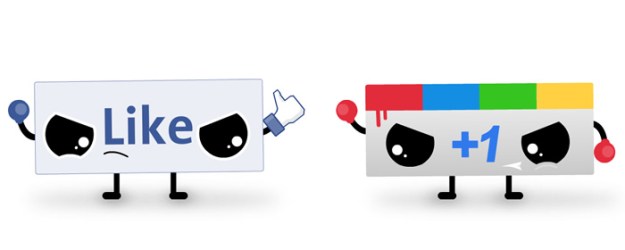
Without a mention last month, Facebook released a plugin in early July to provide a built-in graphical button and pop-up menu functions for sharing a page on Facebook. After adding the plugin, users can click the thumbs up button and a pop-up window appears which loads the Facebook Like button widget. Users can also right click on any webpage to bring up a menu for liking, recommending or sharing the content. There isn’t an option for Facebook’s Send button though, a function that allows users to send content to any email address as well as people on the Facebook friend’s list. A user doesn’t need to be logged into Facebook to get the button to work and there’s minimal setup to get started.

Google has made it clear that the +1 button isn’t being used to track user behavior when surfing the Internet. While Google retains some information about visitors for maintenance and debugging, there’s no categorization based on the personal details of the profile like name, age or gender. In addition, the information is deleted approximately two weeks after a user visits a site.
Editors' Recommendations
- Facebook, Google, Microsoft, and Twitter team up to fight election interference
- No more Like button? Facebook is revamping how you’ll use and follow Pages
- Online platforms like Facebook are losing yet another ‘infodemic’ war
- You will soon be able to migrate your Facebook photos and videos to Google Photos
- Facebook test hides Like counts to help us feel happy, not crappy


